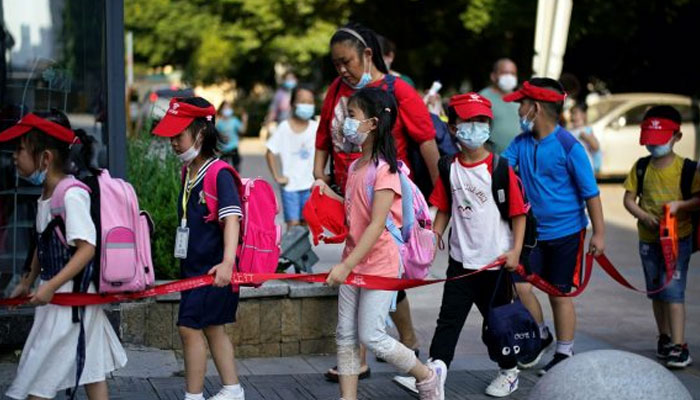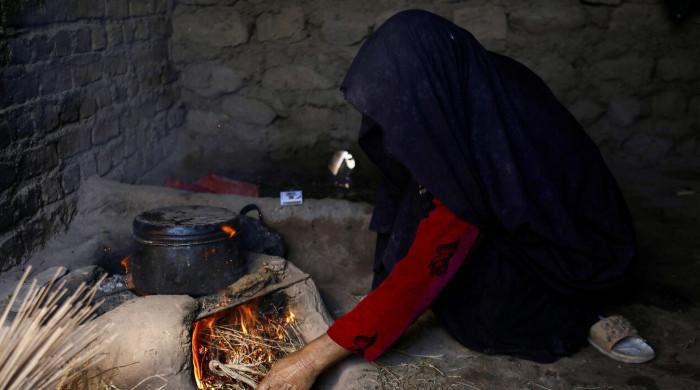Depopulation? Beijing baffled as China's fertility rate hits rock hard bottom
Percentage of childless women in the administrative region doubled over five years, reaching 43.2% last year
August 15, 2023

The fertility rate in China has plummeted to an unprecedented low of 1.09 in 2022, as reported by the National Business Daily on Tuesday.
This alarming statistic is poised to create significant concern among authorities that are grappling with the challenge of increasing the country's declining birth rates.
According to the state-backed publication, China's Population and Development Research Center has confirmed this statistic, placing the country with the lowest fertility rate among nations with a population exceeding 100 million.
This data places China alongside countries like South Korea, Taiwan, Hong Kong, and Singapore, all struggling with low fertility rates.
In response to the unprecedented drop in population and the rapidly ageing demographic, Beijing has initiated a range of measures to boost birth rates, including financial incentives and enhanced childcare facilities.
Recognising the gravity of the situation, President Xi Jinping chaired a meeting in May solely focused on addressing this topic.
China has articulated a commitment to boosting population quality through investments in education, science, and technology. The aim is to maintain a "moderate fertility" level to sustain economic growth in the foreseeable future.
Numerous factors contribute to this downward trend, including high childcare costs that deter women from extending their families and traditional gender roles that perpetuate the burden of childcare on women.
While rhetoric has intensified around shared child-rearing responsibilities, paternity leaves remain limited in most provinces.
In a separate release, Hong Kong's Family Planning Association disclosed that the percentage of childless women in the administrative region doubled over five years, reaching 43.2% last year.
The proportion of couples with one or two children also witnessed a decline, with the average number of children per woman plummeting from 1.3 in 2017 to an unprecedented low of 0.9 in the previous year, according to the association's survey.











